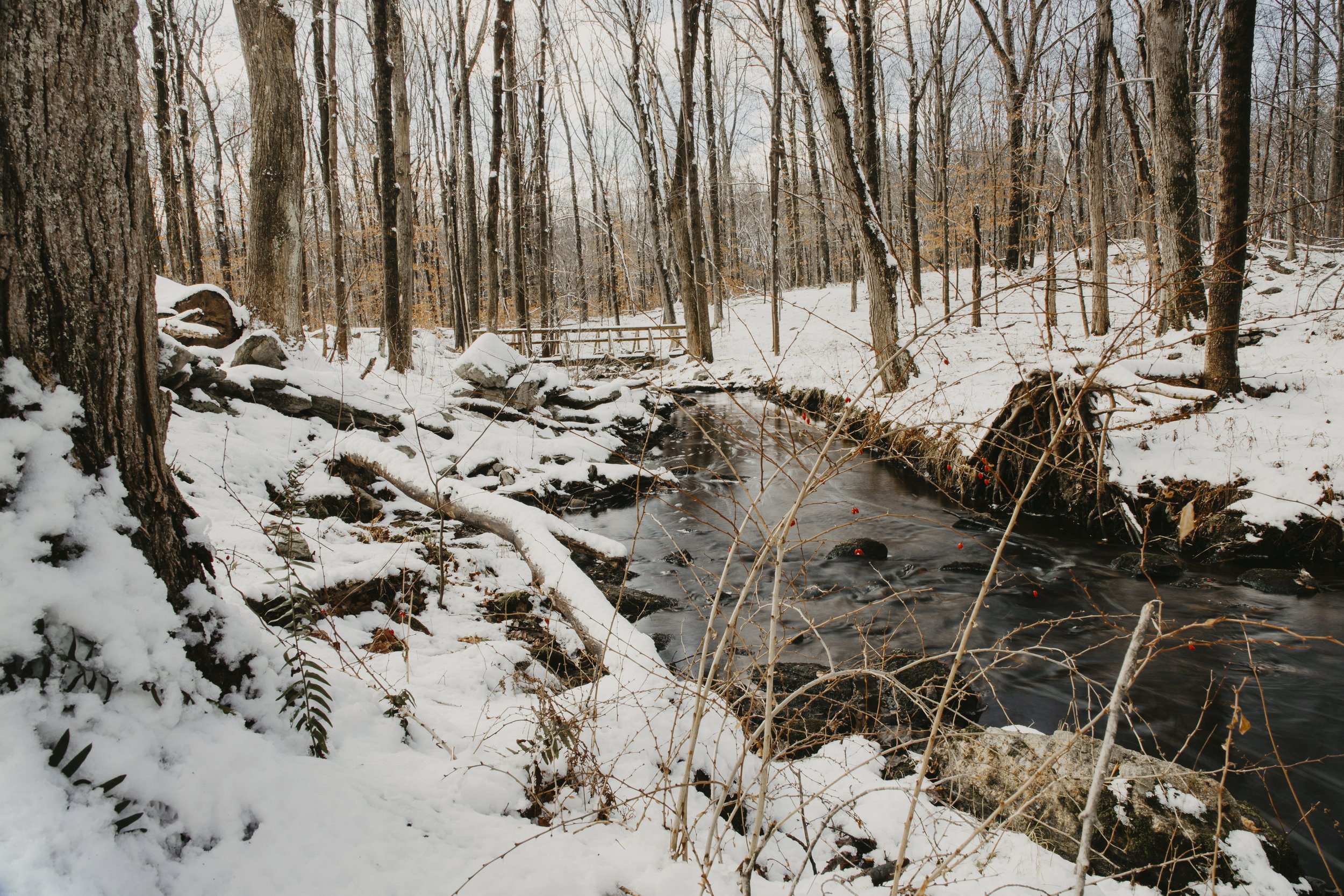VARIABLE
NEUTRAL DENSITY
FILTER
A MUST HAVE FOR CREATIVE CONTROL
Shooting in bright sunlight can be challenging! VND filters reduce the amount of light entering your camera in reductions of 1.3-8 stops (HGX), 2-8 stops (Basis) and 5.3-12 stops (HGX Extreme), allowing you to control bright conditions and achieve your desired shutter speed and aperture.
WHY USE A VND FILTER?
A VND, or Variable Neutral Density filter, is designed to reduce the amount of light coming through your lens. It is used in both still photography and videography. A VND is “variable”, meaning the amount of light it blocks can be adjusted within a range. The range may be different depending on the specific VND being used. It is “neutral”, meaning it will not change affect color.
A VND can:
Replace a host of single density ND filters.
Reduce shutter speeds to create dramatic effects, such as moving water, in a still photograph.
Control exposure while capturing video footage in bright or changing light conditions without adjusting the lens aperture, so as to maintain the desired depth of field.
Allow for a “density pull” by changing the amount of light entering a lens while capturing video footage.
AVAILABLE IN 2 LINES:
HGX PRIME VND
This PROFESSIONAL, world-class high-density, VARIABLE ND FILTER with 1.3-8 stops of density range, that provides a clear sharp image and is easy to use.
HGX PRIME VND EXTREME
This PROFESSIONAL, world-class high-density, VARIABLE ND EXTREME FILTER with 5.3-12 stops of density range, that provides a clear sharp image and is easy to use.
BASIS VND
BASIS VARIABLE NEUTRAL DENSITY filters with 2-8 stops of denisty range, provide a great entry point for photographers and videographers looking to enhance their creativity with VNDs.
Using a VND filter
Attach the VND filter to the front of your camera’s lens and rotate it, by hand, while watching the results in your camera’s viewfinder. You can also pay close attention to your camera’s shutter speed as it will change when the VND is adjusted.
For still photography a VND can be used to reduce the light entering your lens and therefore let you use a slower shutter speed to achieve a desired exposure. This is often done to accentuate the effect of a moving object, such as water in a waterfall. A VND allows you to keep a larger aperture while lengthening your shutter speed. This may be done to keep a shallower depth-of-field in the photo (by using a large aperture). This may also be done to avoid a very small lens aperture which can cause a softening of the image due to diffraction.
For videography a VND can be used to reduce the light entering your lens so as to maintain the proper frame rate without changing your lens’s aperture. This is especially helpful when capturing video footage outdoors, on a bright day where lighting cannot be controlled as it would otherwise be in a studio or indoor set.


How does a VND work?
Neutral Density filters do exactly what their name implies. They are of neutral color (meaning they do not change color) and they have some degree of density. This density reduces the amount of light entering your camera so as to reduce exposure.
VND stands for Variable Neutral Density. So now that we know what the “Neutral Density” parts do, we need to explore what “Variable” adds to this type of filter. A VND is variable because its density can be adjusted within a range. This range may be different from one VND filter to another so you need to decide what range you need and then shop for a VND that fits the bill. A VND filter functions by rotating it. As you rotate the filter the density will change from lighter to darker, or vice versa.
To get a bit more technical, a VND filter has two pieces of polarizing film which are rotated in opposition to each other. As these films are rotated their polarizing effects change and the apparent density of the filter also changes.
VND Nuts and Bolts
VND filters began as tools of the video industry. As optical glass, coatings, and polarizing films have improved in recent years, a high grade VND filter can now also be used for still photography with excellent results.
While VNDs can yield excellent results, single density ND (Neutral Density) filters still offer the very best possible image quality.
The strongest VND filters (highest amount of density) do not typically achieve the same, high level of density available in single density ND filters. For extremely high density requirements you typically have to purchase a single density ND.
VND filters work exceptionally well with lenses of normal and telephoto focal lengths. When using wide angle lenses most VNDs work well in their lower density range but may start to lose some quality in the higher density range. This is due to a phenomenon known as “cross-polarization”. You can learn more about cross-polarization by clicking here.
The amount of light a VND filter holds back can be expressed in terms of f-stops or as a filter factor.











